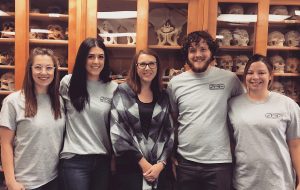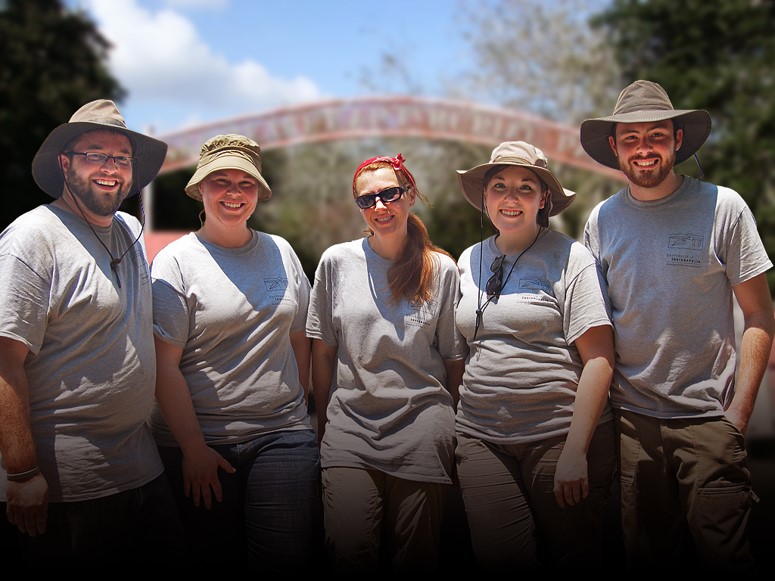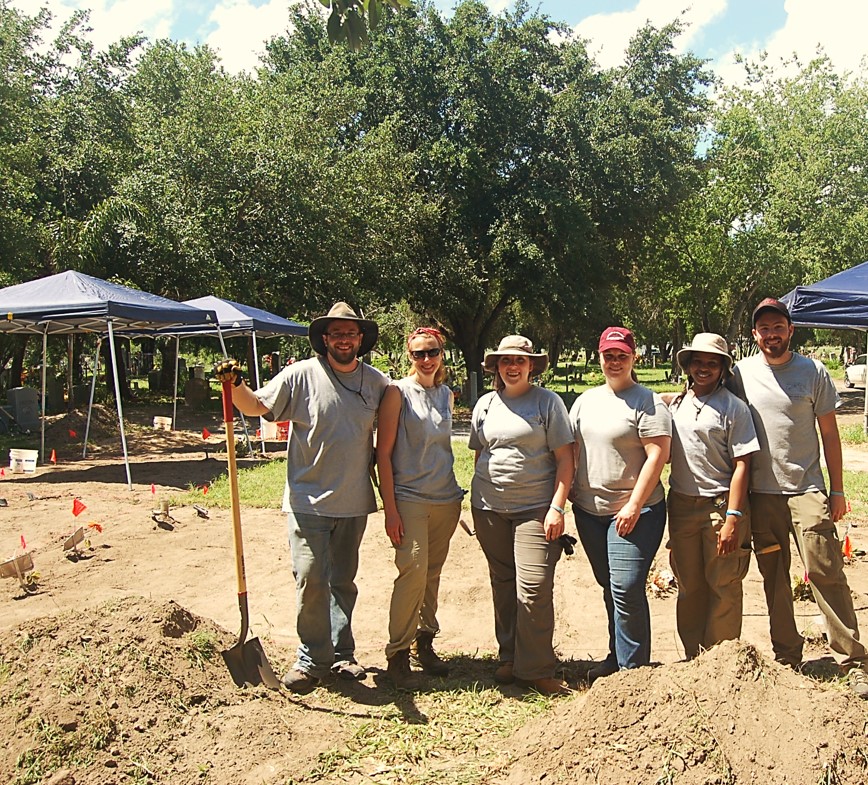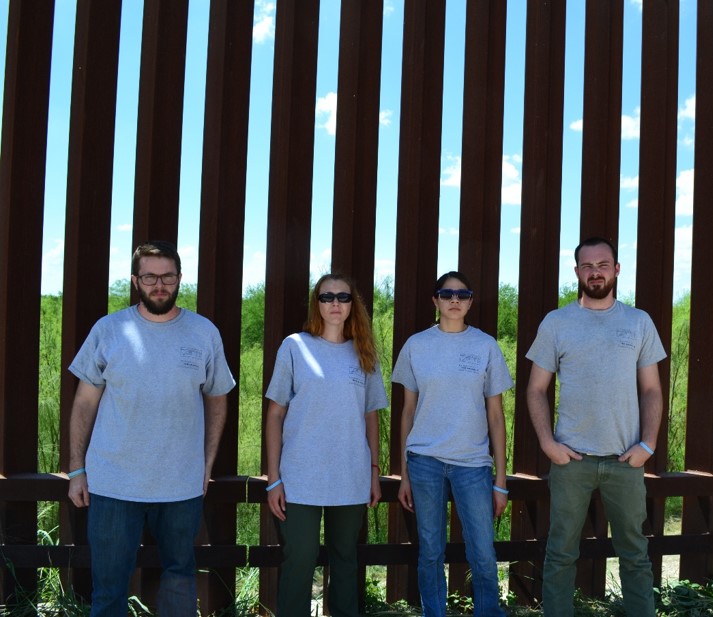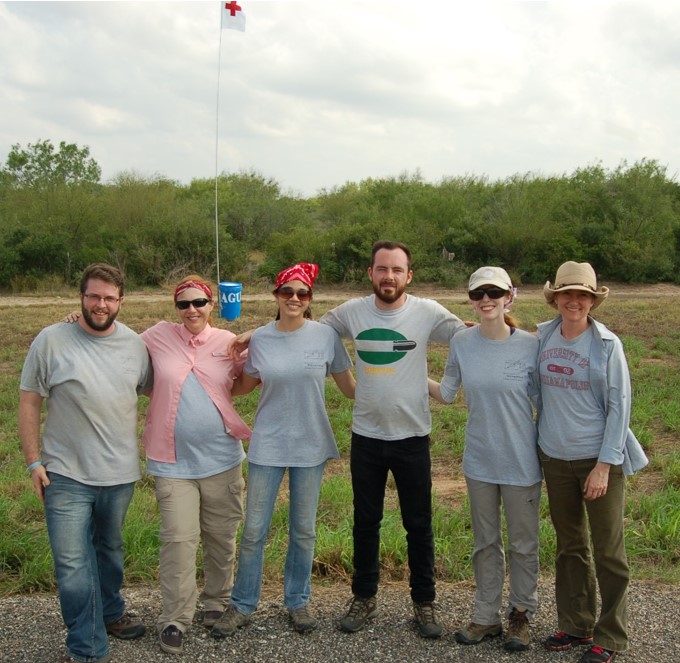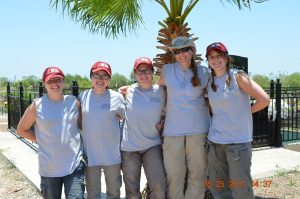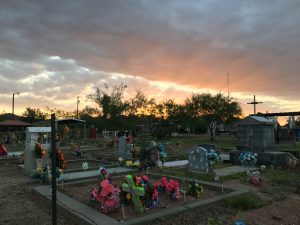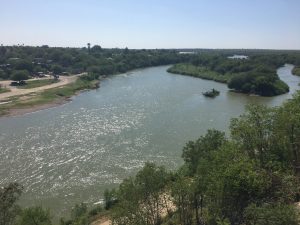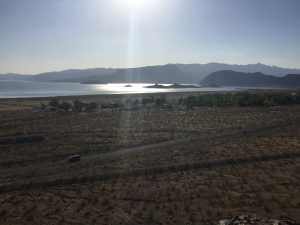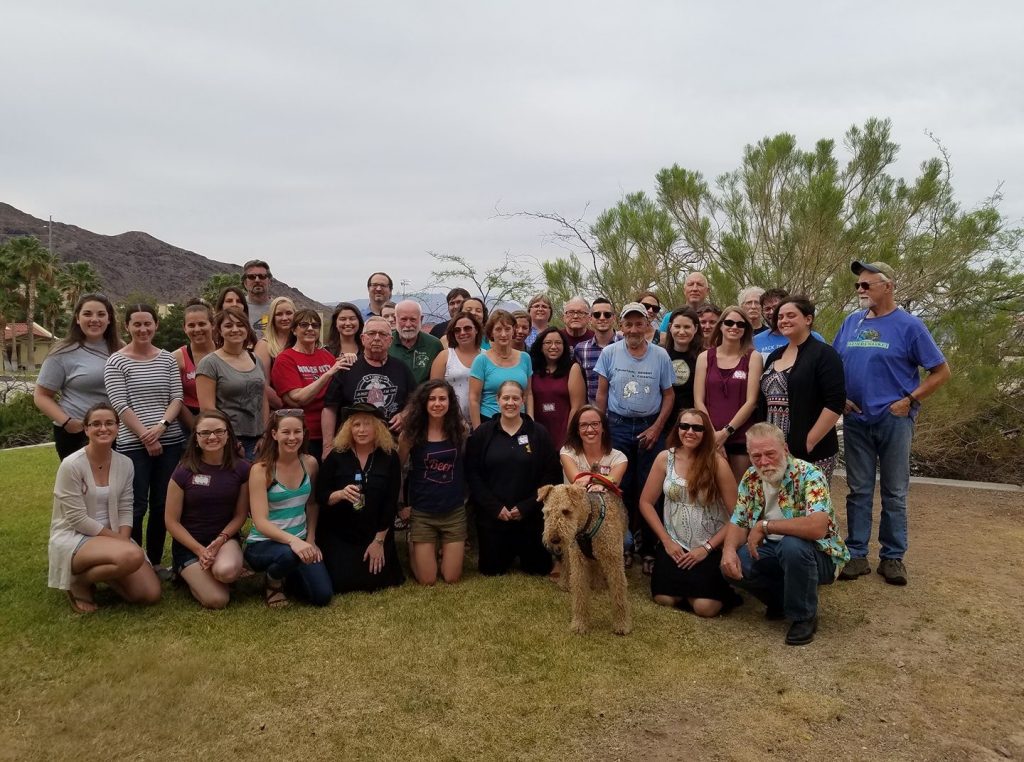Packing List: work boots; field pants (x3); lab shirts (x3); long johns (x3); lab cap; beanie; work gloves; belt; first aid kit; water bottle; sunglasses; chap stick…
Reading List: Looking for Esperanza, Paramo, A. (2012); The Land of Open Graves, Leon, J.D.(2015); Showdown in the Sonoran Desert, Rose, A. (2012); Digging for the Disappeared, Rosenblatt, A. (2015); Drug War and Capitalism, Paley, D. (2015)…
To-Do List: last minute X-mas shopping; clean house; do laundry; wash dogs; pick up final necessities for Texas trip…
Music List: Myela, Nick Mulvey; O Holy Night, Bastille 2016 rendition; Papales Mojados, Chambao; Nino Soldado, Ska-P; Mal Bicho, Los Fabulosos Cadillacs; Solo le Pido a Dios, Mercedes Sosa; Nobody Knows, The Lumineers; This Land is Your Land, Woody Guthrie; A Change is Gonna Come, Sam Cooke; Equal Rights, Peter Tosh; Where is the Love, Black Eyed Peas; We are the World, various artists (1885 and 2010)…
This time of year many people are making lists to make sure their holidays are picture perfect. This year my lists abound, yet as I peer through them I can’t help but think of the lists one would make as they wrap up their life to trek across a vast and expansive desert in pursuit of something better. The personal effects recovered with the remains of those who were not fortunate enough to complete their journey reveal a heart wrenching tale: prayer cards; religious pendants; family photos; a few changes of clothes, and little else.
I have moved many times in my life (Florida>various places across Central Texas> Indianapolis, Indiana) so the prospect of moving hundreds to thousands of miles is something I am familiar with. For me, though, these moves involved expansive lists including garage sales, moving trucks, and the knowledge that on the other side my worldly belongings that I have acquired throughout the years may provide a sense of home in a new and unfamiliar place. It is hard for me to fathom being forced to leave literally everything behind but a small backpack of necessities to travel, largely by foot, hundreds to thousands of miles across formidable landscapes to a destination likely unknown. Add on top of this uncertainty the various barriers (legal, language, cultural, political, financial, etc.) that await these individuals and it’s hard to hold back tears just thinking about it.
What hell must these people be faced with that they feel that this is their only option? This is the type of question that I ask myself as I prepare mentally to travel to South Texas with the UINDY’s Beyond Borders team in January. Having been raised in Texas and having prior involvement with the border crisis in South Texas during my undergrad. career at Texas State University, I have quite a different perspective than my fellow Beyond Borders peers. I am intimately familiar with the climate, landscape, and culture of south and central Texas as well as the unspeakable tragedy that is the US-Mexico border crisis, so the challenges I anticipate are purely mental/emotional.
In light of this, I look forward to aiding in bringing closure to the families of these victims who do not know where their loved ones have ended up. I look forward to long, brutal days in the South Texas winter as I lend my hands and heart to this noble cause. I look forward to a day when people are no longer forced to leave their homes and families due to socio-political turmoil. I look forward to a day when people who face different challenges are welcomed as neighbors and not walled out. I look forward to the prospect of lasting unity that is typically only instilled by mass disaster.
I leave you all with one final list; my Christmas Wishlist:
Peace and justice for the victims of the US-Mexico border crisis.
